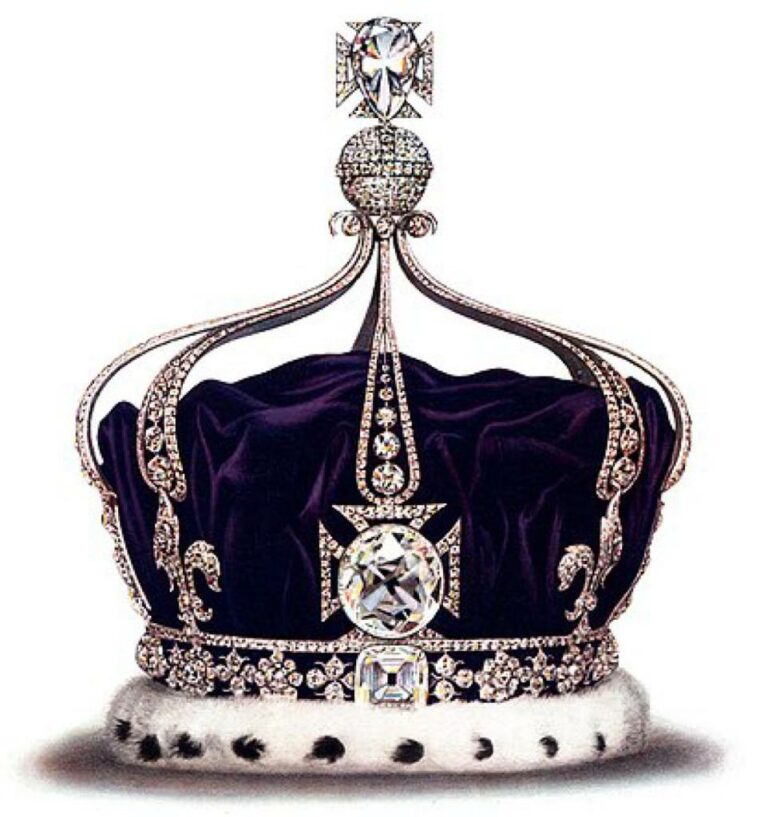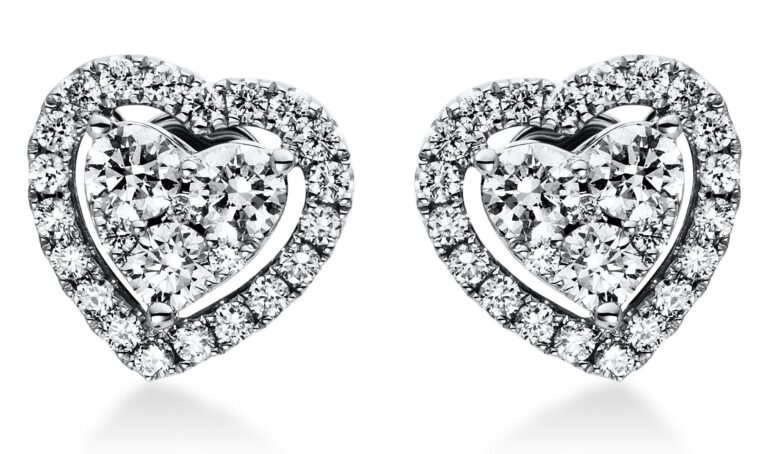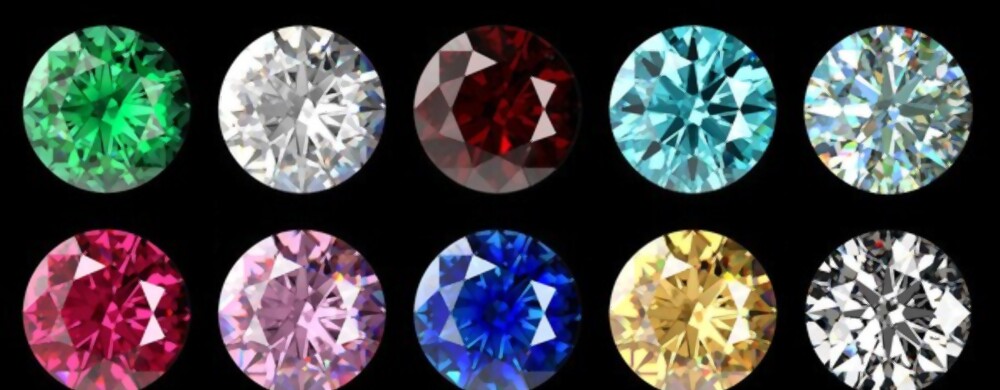
The main factors that defines a diamond’s foundational value are the 4 Cs: carat, colour, clarity and cut. However, there are many other factors that determine the price you pay for a diamond.
In this article, we will delve deeper into how a range of macroeconomic forces shift prices over time.
- Supply and Demand Mismatch
Just like any other commodity, the diamond market operates on a supply-and-demand basis. What is special about the market is that diamonds are both a luxury good and a finite resource. As major mines are depleted, the supply of diamonds will decrease.
In terms of demand, it is influenced by consumer behaviour. If the business cycles are expanding in key markets such as the US, China and India, and so demand for luxury goods increases, so will the prices of diamonds. In the same way, if there are recessions such as the financial crisis of 2008, the prices will contract.
Fun fact: Interestingly, in a study by G. Ariovich from his “Managerial and Decision Economics”, he found that diamonds that can be classified into 3 different market segments (industrial, jewellery and investment) have different reactions to business cycles. The empirical findings show that diamond jewellery’s price is the most responsive to disposable income. Investment diamonds are most sensitive to real interest rates and industrial ones react to manufacturing production.
- The Role of Centralized Control
The famous De Beers company used to hold a near-monopoly on the supply of rough diamonds in the past. They had significant influence over the price since they had control over their supply. However, in today’s market, there are more alternatives and competitors.
- Currency Fluctuation
Diamond’s pricing is highly sensitive to currency exchange rates, especially for investment diamonds. Most diamond trades are conducted in US dollars, which means if there are fluctuations in the dollar, there will be fluctuations in diamond prices in other countries.
Quick explanation: if the US dollar strengthens against other currencies (appreciates), diamonds will become more expensive for foreign buyers, which can decrease the demand for diamonds and, in turn, put downward pressure on their price.
- Inflation
When inflation is high, the costs of production in the diamond industry tend to increase, which will increase the company’s costs. However, from a consumer point of view, they can see diamonds as a hedge against inflation (similar to gold). This speculative demand can increase prices since these gems are seen as stores of value.
Looking into the Future
Advances in the production of synthetic diamonds have reduced the cost of diamonds, leading to price competition with natural diamonds. Moreover, blockchain technology is being used for transparency in the supply chain which can boost consumer confidence. While this would increase demand and so put upward pressure on the price, the investment in such technology will increase costs for producers.
Conclusion
Therefore, diamond pricing is not just about the 4 Cs. It is significantly influenced by external economic factors such as market demand, currency fluctuations and macroeconomic cycles.









